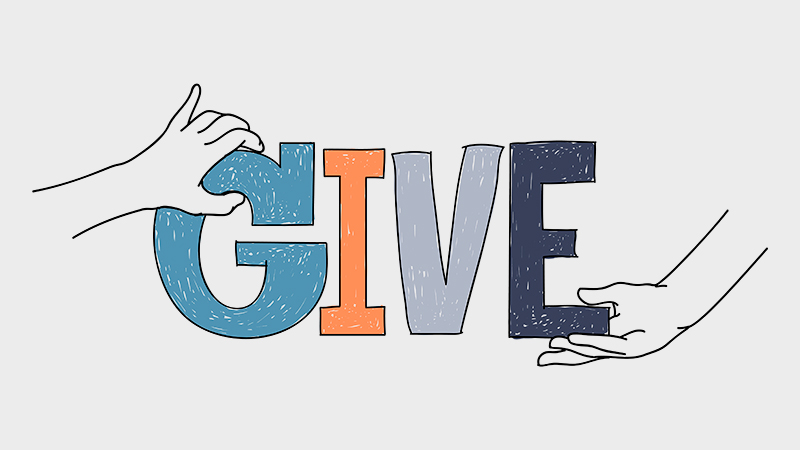Demonstrate Value – Give Before You Sell

If you’re in the business of providing products or services to either clients or customers, you’ve no doubt had to sell at some point.
This usually takes the form of a pitch, in which a seller will first attempt to demonstrate value. They’ll aim to convince the potential customer of the benefits in their product/service, and perhaps qualify the proposition with their experience or expertise.
But at some point, the inevitable question will arise: ‘how much does it cost?’
How and when this question arises, will often determine the success or failure of the pitch.
Sellers are motivated to try and close the sale as quickly as possible, while buyers are cautious of being sold to (and rightfully so).
As such, a common misstep I see from many organisations, is when sellers fail to demonstrate value before trying to close a sale.
This weekend I attended an introductory seminar for a public speaking course. The ad promised a ‘discovery’ session, where participants could sample the course as a taster. We would then have the option of signing up for the full course.
In the session, the course presenter began by running through a few group exercises, prompting attendees to relay their motivations for being on the course.
After this, he went on to display the credentials of the course. He qualified their expertise, their passion, their experience.
He showed pages of testimonials and video feedback from previous students. He outlined the course modules, times and dates.
And then he told everyone how much it cost.
After this, he prompted the participants to give a decisive yes or no – right there and then. So it was a quick (and very decisive) ‘no’ from me.
For what the speaker had failed to do for me, was to actually demonstrate value.
Show, Don’t Tell
Credentials are not the same as value. Nor is expertise or experience. Nor professionalism or presentation.
All things being equal, those are traits buyer expect as standard. If you run a business, you should be professional.
Value is worth. It’s much more effective to show worth, rather than tell someone about it.
Imagine the difference, if the course had invited the participants to deliver a short talk, and offered a quick assessment of their performance. How useful would that be?
What he had given each participant 3 tips on how they could improve – right there and then?
Even if a given participant had declined to sign up for the full course, they still would have left with a valuable experience.
Maybe they would go off and put that experience to good use. Maybe it would prompt them to tell their friends about what they learned, or encourage a colleague to give it a try.
Maybe it would motivate them to join a mailing list, or subscribe to the YouTube channel.
If they become more involved in the course’s content, there’s increased potential for them to convert to being a paying customer.
But not if the seller makes it a yes/no question. And not before giving anything away.
Hooking Them In
This principle of giving before selling, is covered at length in Gary Vaynerchuck’s bestselling book Jab, Jab, Jab, Right Hook: How to Tell Your Story in a Noisy Social World.
Gary explains how organisations and brands have to constantly give value to others, before asking them to buy products and services:
“Jabs are the lightweight pieces of content that benefit your customers by making them laugh, snicker, ponder, play a game, feel appreciated, or escape; right hooks are calls to action that benefit your businesses.”
The pushback to this might be, that someone balks at the idea of giving away something for ‘free’. But jealously guarding content and holding on to it, is often the thing holding us back. There is no profit without risk.
We need to trust in our ability to consistently create and deliver value. We also need to provide levels of interaction for our product or service. If a customer doesn’t want your premium offering, maybe they’ll find value in your ebook.
The ultimate goal is for the sale not to feel like a sale. You want your customer or client to see so much value, the price looks like a bargain.
So before you try to close the sale, see if you can open a door first.
– Greg Bunbury
